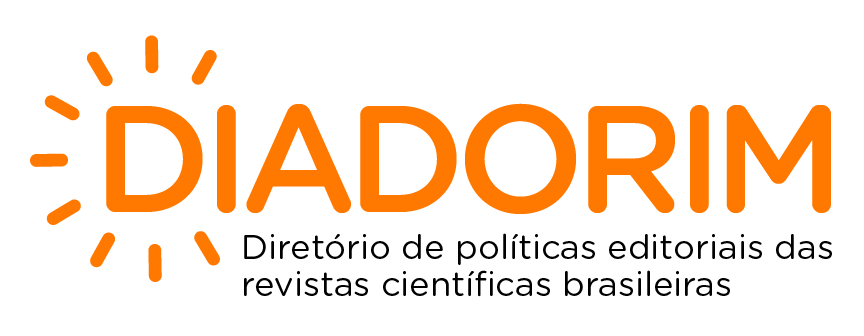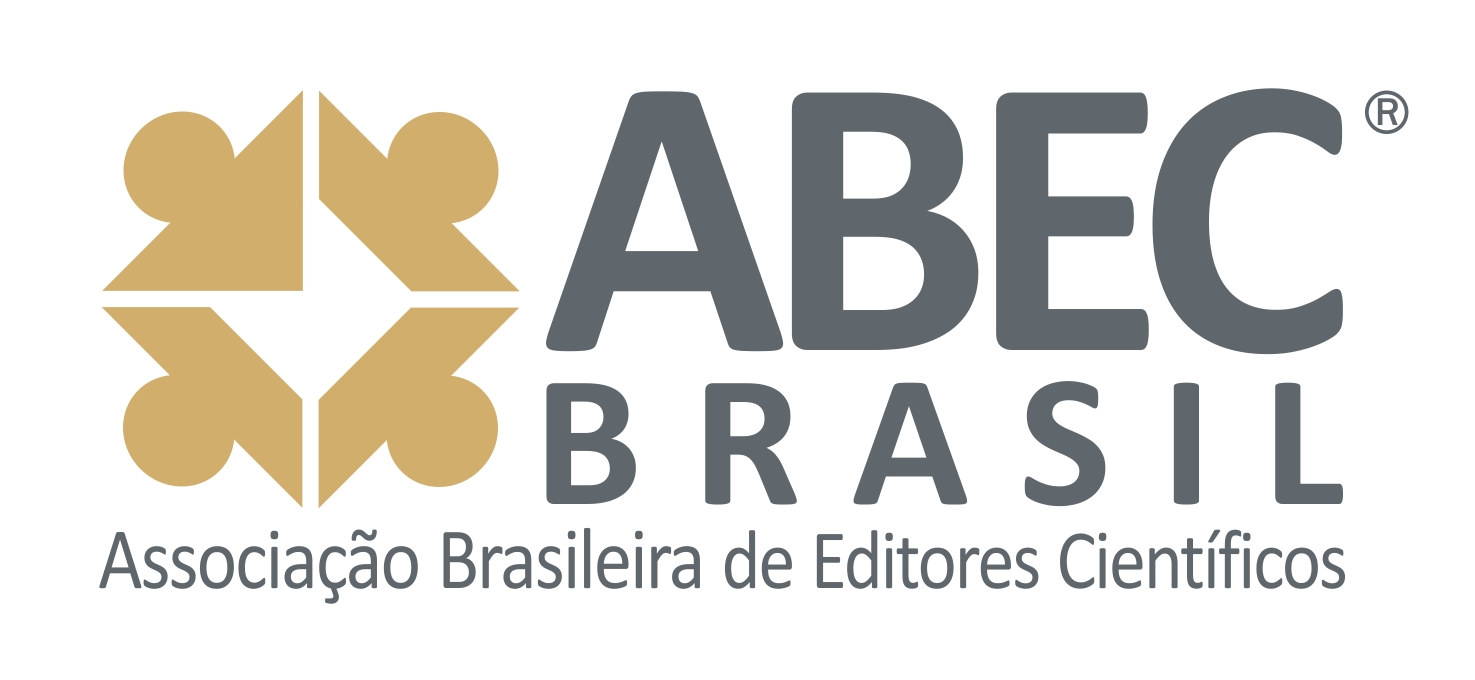Acute effect of ultrasound on the spatial pattern of the biceps brachii in individuals with neurological disorders
Acute effect of ultrasound on the spatial pattern of the biceps brachii in individuals with neurological disorders
DOI:
https://doi.org/10.51473/rcmos.v1i2.2025.1706Keywords:
Therapeutic Ultrasound, Spasticity, Neurological Disorders, Surface Electromyography, Muscle Tone.Abstract
Spasticity is a common neuromuscular dysfunction observed in various neurological conditions, characterized by an abnormal increase in muscle tone and resistance to passive movement, which negatively impacts functionality and quality of life. Owing to its thermal and mechanical effects, therapeutic ultrasound has emerged as a potential modality to assist in spasticity management. This study aimed to evaluate the effects of therapeutic ultrasound on the spasticity of the biceps brachii muscle in individuals with different neurological disorders. The sample consisted of seven participants presenting spasticity in the biceps brachii muscle, who were evaluated using electromyography and ultrasonography before and after the intervention. The intervention protocol involved a single application of continuous-mode therapeutic ultrasound at a frequency of 1 MHz, intensity of 0.8 W/cm², 4 ERAS, and a duration of 10 minutes. Data were analyzed using SPSS software version 21.0, applying descriptive statistics and the nonparametric Wilcoxon paired-sample test, with a significance level set at p ≤ 0.05. Following the therapeutic ultrasound application to the spastic muscle, a trend toward reduced muscle activity and increased muscle thickness was observed. Statistically significant differences were identified for right isotonia and left maximal voluntary contraction. In conclusion, the acute application of therapeutic ultrasound could promote significant changes in muscle tone in two of the clinical conditions analyzed among individuals with neurological disorders. Nevertheless, a clinical trend toward improved spasticity control was observed, suggesting the need for studies with larger samples and repeated interventions to confirm these preliminary findings.
Downloads
References
AMATYA, B.; KHAN, F.; SONG, K.; GALEA, M. Effectiveness of non-pharmacological interventions for spasticity management in multiple sclerosis: a systematic review. Annals of Rehabilitation Medicine, v. 48, n. 5, p. 305-343, out. 2024. DOI: 10.5535/arm.240064. Disponível em: https://pubmed.ncbi.nlm.nih.gov/39497494/
. Acesso em: 30 abr. 2025.
ARTIFON, E. L. et al. Efeitos do ultrassom terapêutico associados ao alongamento estático sobre parâmetros histomorfométricos longitudinais de sóleos imobilizados de ratos. Revista Brasileira de Medicina do Esporte, v. 18, n. 5, p. 341–344, 2012. Disponível em: https://doi.org/10.1590/S1517-86922012000500012
. Acesso em: 21 abr. 2025.
BAKER, K. G.; ROBERTSON, V. J.; DUKE, M. The effect of therapeutic ultrasound on skeletal muscle regeneration: Part I. A review of the literature. Ultrasound in Medicine & Biology, v. 27, n. 2, p. 219–229, 2001.
BLACKMORE, J. et al. Ultrasound neuromodulation: a review of results, mechanisms and safety. Ultrasound in Medicine & Biology, v. 45, n. 7, p. 1509–1536, 2019. DOI: 10.1016/j.ultrasmedbio.2018.12.015.
GAL, O. T. A. et al. Clinical outcome assessments for spasticity: review, critique, and recommendations. Movement Disorders, v. 40, n. 1, p. 22–43, jan. 2025. DOI: 10.1002/mds.30062. Disponível em: https://pubmed.ncbi.nlm.nih.gov/39629752/
. Acesso em: 30 abr. 2025.
GAO, J. et al. Quantitative ultrasound imaging to assess the biceps brachii muscle in chronic post-stroke spasticity: preliminary observation. Ultrasound in Medicine & Biology, v. 44, n. 9, p. 1931-1940, 2018. Disponível em: https://doi.org/10.1016/j.ultrasmedbio.2017.12.012
. Acesso em: 1 mai. 2025.
GÜN, N.; KARABOCE, B.; YURDALAN, S. U. Investigation of therapeutic ultrasound dose on muscle phantom: an experimental study. Clinical and Experimental Health Sciences, v. 12, p. 594-601, 2022. DOI: 10.33808/clinexphealthsci.950896.
HARB, A.; MARGETIS, K.; KISHNER, S. Modified Ashworth Scale. In: STATPEARLS. Treasure Island (FL): StatPearls Publishing, 2025. Atualizado em 4 abr. 2025. Disponível em: https://www.ncbi.nlm.nih.gov/books/NBK554572/
. Acesso em: 7 out. 2025.
HE, J. et al. Quantitative assessment of spasticity: a narrative review of novel technologies. Frontiers in Neurology, v. 14, p. 1121323, 2023. Disponível em: https://www.frontiersin.org/articles/10.3389/fneur.2023.1121323/full
. Acesso em: 30 abr. 2025.
HONG, M. J. et al. Quantitative assessment of post-stroke spasticity using neurophysiologic and radiologic tools: a pilot study. Annals of Rehabilitation Medicine, v. 42, n. 3, p. 384–395, 2018. DOI: 10.5535/arm.2018.42.3.384.
JAIN, S.; MARGETIS, K.; IVERSON, L. M. Glasgow Coma Scale. In: STATPEARLS. StatPearls Publishing, 2025.
JOHNS, L. D. Nonthermal effects of therapeutic ultrasound: The frequency resonance hypothesis. Journal of Athletic Training, v. 37, n. 3, p. 293–299, 2002.
KAMBLE, S. N. et al. Immediate effect of ultrasound-guided dry needling on soleus muscle spasticity in stroke survivors. Cureus, v. 16, n. 6, e62251, 12 jun. 2024. DOI: 10.7759/cureus.62251.
KORELO, R. I. G.; SILVA, L. C. da. Terapia combinada (ultrassom e estimulação elétrica transcutânea) melhora a dor e a limitação funcional no pós-cesárea: ensaio clínico randomizado. Curitiba: Universidade Federal do Paraná, 2020. Disponível em: https://ensaiosclinicos.gov.br/rg/RBR-6wq24d
. Acesso em: 4 nov. 2025.
LONGO, B. P. Ultrassom: o que sabemos até agora. Revista Saúde em Foco, 2017. Disponível em: https://portal.unisepe.com.br/unifia/wp-content/uploads/sites/10001/2018/06/016_ultrassom.pdf
. Acesso em: 29 mar. 2025.
MARTINEZ, C. et al. Interaction of gender and body composition on rectus femoris morphology as measured with musculoskeletal ultrasound imaging. Sports Health, v. 6, n. 5, p. 451–456, 2014. DOI: 10.1177/1941738114539450.
MEYER, P. F. et al. Ultrassom terapêutico: fundamentos, aplicações clínicas e segurança. Revista Brasileira de Ciências da Saúde, 2012.
MONAGHAN, K. et al. Physical treatment interventions for managing spasticity after stroke. Cochrane Database of Systematic Reviews, v. 2017, n. 2, CD009188, 13 fev. 2017. DOI: 10.1002/14651858.CD009188.pub2.
PORTAL REABILITAÇÃO. Espasticidade. 2024. Disponível em: https://www.portalreabilitacao.com.br/espasticidade/
. Acesso em: 29 abr. 2025.
ROMAN, N. et al. Physiotherapy efficiency in post-stroke upper extremity spasticity: TENS vs. ultrasound vs. paraffin. In Vivo, v. 37, n. 3, p. 916–923, 2023. DOI: 10.21873/invivo.13163.
ROMERO-MÉNDEZ, R. et al. Low-intensity continuous ultrasound promotes tissue repair and reduces muscle stiffness: a systematic review. Journal of Rehabilitation Research and Development, v. 58, n. 4, p. 745–753, 2021.
SAHIN, N.; UGURLU, H.; KARAHAN, A. Y. Efficacy of therapeutic ultrasound in the treatment of spasticity: a randomized controlled study. NeuroRehabilitation, v. 29, n. 3, p. 287-294, 2011. DOI: 10.3233/NRE-2011-0713.
SANTOS, A. K. O.; COSTA, J. S.; ABREU, E. M. C. Fisioterapia na redução da espasticidade: uma revisão de literatura. In: ENCONTRO LATINO-AMERICANO DE INICIAÇÃO CIENTÍFICA, 17.; ENCONTRO LATINO-AMERICANO DE PÓS-GRADUAÇÃO, 13.; ENCONTRO LATINO-AMERICANO DE INICIAÇÃO CIENTÍFICA JÚNIOR, 8., 2023, São José dos Campos. Anais [...]. São José dos Campos: Universidade Paulista, 2023.
SANTANA-RODRÍGUEZ, N. et al. Pulsed ultrasounds reduce pain and disability, increasing rib fracture healing, in a randomized controlled trial. Pain Medicine, v. 20, n. 10, p. 1980–1988, 2019. DOI: 10.1093/pm/pny224.
SAVOIA, A. et al. Non-invasive body contouring by low frequency ultrasound: a clinical study. The Open Reconstructive and Cosmetic Surgery Journal, v. 3, p. 11-16, 2010. Disponível em: https://doi.org/10.2174/1876976401003010011
. Acesso em: 2 mai. 2025.
SENIAM. Biceps brachii (short head and long head). Disponível em: https://seniam.org/bicepsbrachii.html
. Acesso em: 1 mai. 2025.
SINGLA, D. et al. Reliability of electromyographic assessment of biceps brachii and triceps brachii in cricketers. Journal of Chiropractic Medicine, v. 17, n. 3, p. 151-159, set. 2018. DOI: 10.1016/j.jcm.2018.04.001.
SILVA, D. D. da et al. Resistência ao movimento e atividade eletromiográfica dos músculos flexores e extensores de cotovelo em pacientes hemiparéticos espásticos submetidos à crioterapia e estimulação elétrica neuromuscular. Revista Brasileira de Engenharia Biomédica, v. 28, n. 3, p. 248-260, 2012. DOI: 10.4322/rbeb.2012.025.
VERDUZCO-GUTIERREZ, M. et al. AAPM&R consensus guidance on spasticity assessment and management. PM&R, v. 16, n. 5, p. 1–24, maio 2024. DOI: 10.1002/pmrj.13211.
WILSON, J. T. L. et al. Improving the assessment of outcomes in stroke: use of a structured interview to assign grades on the modified Rankin scale. Stroke, v. 33, p. 2243–2246, 2002.
XIE, T. et al. Mapping of spastic muscle activity after stroke: difference between passive stretch and active contraction. Journal of NeuroEngineering and Rehabilitation, v. 21, n. 102, 2024. DOI: 10.1186/s12984-024-01376-z.
Downloads
Published
Issue
Section
Categories
License
Copyright (c) 2025 João Sávio Carneiro Silva, Letícia Costa Mengoni, Gabriel Pádua da Silva, Wellington Marcelo Queixas Moreira, Oswaldo Luiz Stamato Taube, Bruno Ferreira (Autor)

This work is licensed under a Creative Commons Attribution 4.0 International License.












